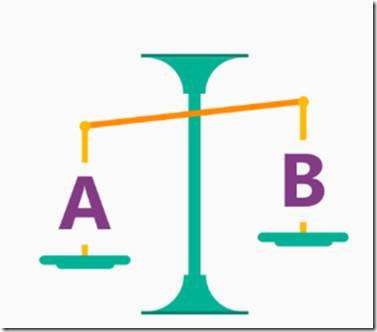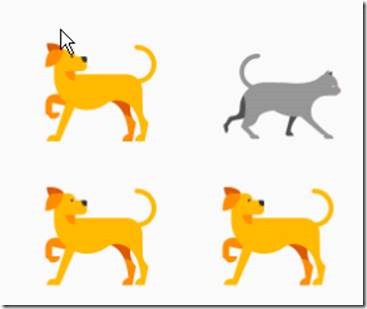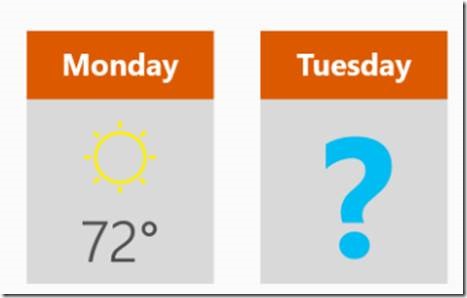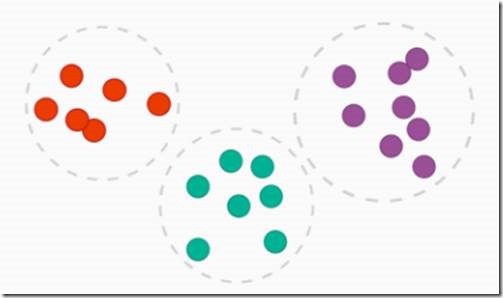In recent days, we were hearing the term “Machine Learning” frequently. So, thought of deep dive in to that and sharing the known (learnt) things to the community.
This is going to a series of articles, which I will be trying to cover end to end implementation of Azure Machine Learning. To get started, let us try to understand What is Machine Learning in this article.
Definition for Machine Learning:
There are many definitions available for this. The most common are as follows.
Ø Data Science technique, which allows the computers to use the existing data to forecast the future trends.
Ø Branch of computer science in which a computer “learns” from data in order to perform predictive analytics
Ø A Technique which finds patterns in large volumes of data and uses those patterns to perform predictive analysis
Analytics
Ø Descriptive Analytics
o This will explain what has happened
Ø Diagnostic Analytics
o This Analytics will describe how it is happened
Ø Predictive Analytics
o Answers What will happen – This is what the world runs behind. Nobody is interested in knowing what has happened. Everyone is keen to know, what will happen in future, so that we can adopt to that change. That’s the reason, the Machine Learning is also focus more on the Predictive Analytics rather than any other Analytics.
Ø Prescriptive Analytics
o Suggests How can I make it to happen – This is also a preferred Analytics, but this will descriptive rather than quantitative. Hence, the perception may differ from system to system.
Classification of Algorithms Available in Machine Learning
Ø Classification
Ø Regression
Ø Anomaly
Ø Clustering
The above classification can be understood during the course of time. As of now, let us get to know, How the algorithms are classified.
5 Questions which Data Science Answers: – Courtesy: Brandon Rohrer (Senior Data Scientist)
The below are the questions, which Data Science will be answering.
· Is this A or B?
- Classification
- If the System answers a question with a predefined choice, then those kinds of algorithms are called Classification.
- Example
- Yes or No Question. If we ask the computer a question such as “Today will it rain?” , then the system can answer either YES or NO.
- The Output can be classified as Yes or No. Beyond that, there cannot be any other option.
- There can be scenarios where the choice can be more than two as well. In that case, it is called Multi-Class Classification
- Classification
· Is this weird?
- Anomaly
- This type of algorithms always tries to detect the abnormal events.
- Example
- The best example could be, a credit card swipe can be find as fraudulent based on the purchase pattern of the User.
- Let me explain in detail. I am using a Credit Card in which I will be spending only few thousands per month. But, if the card got swiped for a huge amount, then the system may suspect that the card may not be swiped by me. It could be stolen etc., It will immediately send an alert to me, stating that your card is been swiped for a huge amount.
- The simple best example could be, logging into dropbox or gmail from a Browsing center. Once, we login, immediately we will get an email stating that, a new login attempt has been made from a new IP. Usually you will be login from your home computer or from the work computer. If we login from a different computer, then the system will identify that abnormal login.
- Anomaly
· How much – or – How many?
- Regression
- This type of algorithms was used to Predict the future value, behavior based on the past historical data.
- Usually the output will be a numerical value or a range of numerical value.
- Example
- If we know the specification and prices of the cars from a specific manufacturer, then we can predict the price of the new car, if we know the specification.
- Online shopping recommendations – based on our buying pattern, some of the online shopping portals are suggesting the products.
- If we know the historical data, by which we can predict the next quarter profit etc.,
- Regression
· How is this organized?
- Clustering
- This type of algorithms will organize the data.
- There will not be any clear-cut output from this algorithm. But these algorithms can be used to visualize how the data is been organized.
- Example
- In a school, the students were grouped based on the age, gender.
- By which you cannot come to a conclusion that, how many students can play football. But, still the organization of students will help you to plan.
- Clustering
· What should I do next?
- Reinforcement Learning
- Reinforcement learning was inspired by how the brains of rats and humans respond to punishment and rewards. These algorithms learn from outcomes, and decide on the next action.
- Typically, reinforcement learning is a good fit for automated systems that have to make lots of small decisions without human guidance.
- Example
- Self-driving cars – Whether to stop at red or not.
- Robots which learn themselves and act on the situation.
- Reinforcement Learning
Happy Coding,
Sathish Nadarajan.





Leave a comment